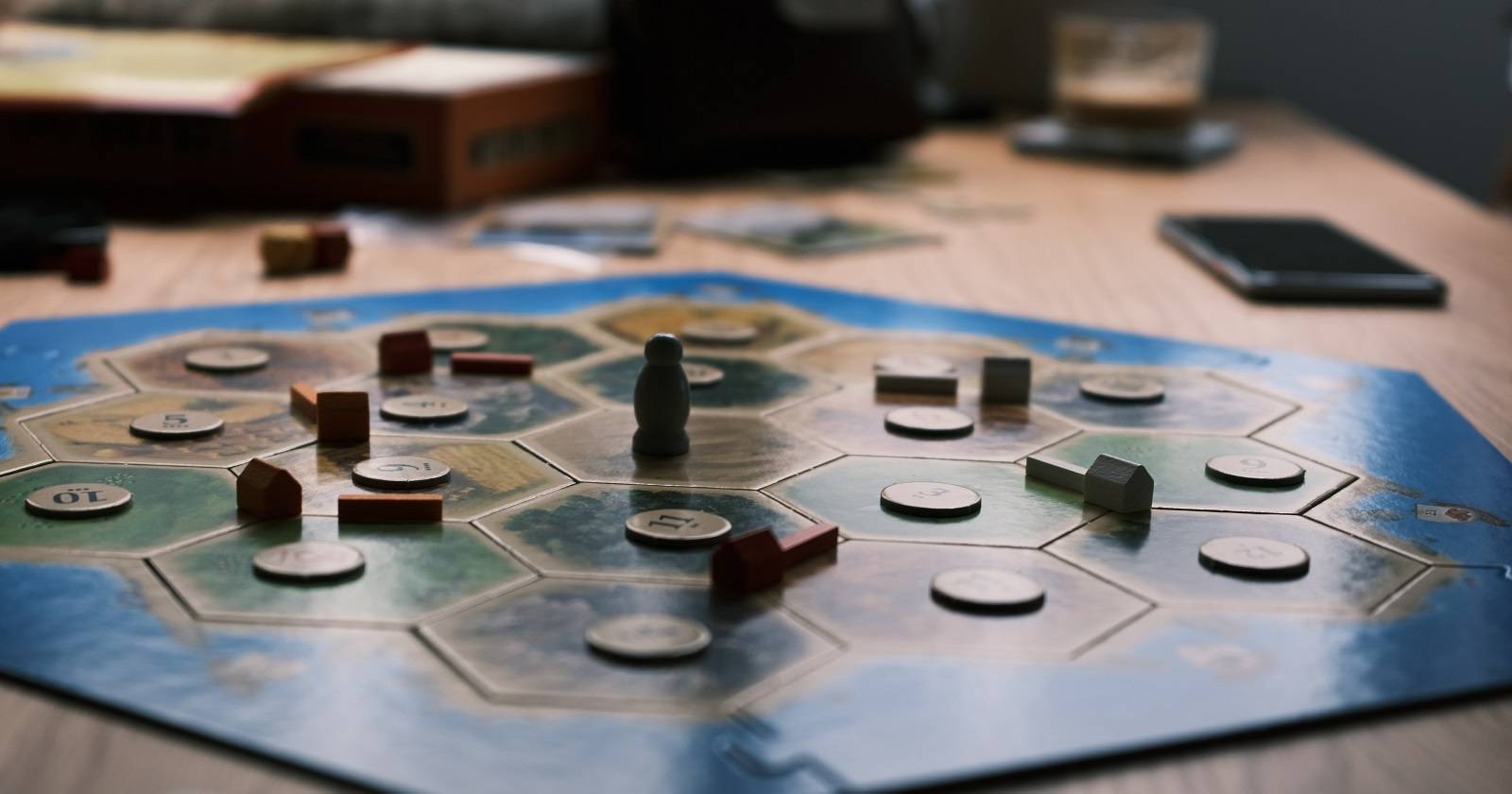Reading has always been a solo pursuit for me—just me, my Kindle, and a cup of tea. But now, I include an unlikely reading companion into the mix: ChatGPT. I wanted a method to help me get out of my own brain and question my blind spots. More critically, I wanted to connect ideas and turn scattered highlights into insights. Now, I use ChatGPT to reflect, recall, and even apply what I read. I think of it as my virtual book club partner, and you too can use it to make reading more interactive and interesting.
1
ChatGPT as your pre-reading guide
Start with curiosity, not confusion
Before diving into a new book, I now start my reading ritual with ChatGPT. Instead of flipping straight to the first page, I ask it to brief me on the author, central ideas, and context. For example, before reading The Inner Game of Tennis, I asked,
What psychological ideas form the foundation of this book?
Within seconds, ChatGPT gave me a summary that mentioned performance anxiety, focus, and mindfulness. That short conversation helped me see the book as a philosophy manual, not a tennis guide. If you follow the best practices of ChatGPT prompting and ask it to be an expert, it will give you more suggestions on how to approach a book.
You can do this with any book. Ask ChatGPT questions like:
- “Give me a quick summary of Deep Work.”
- “What key questions should I keep in mind while reading Atomic Habits?”
- “What critics or readers disagree with this author, and why?”
This kind of pre-reading conversation primes your brain to notice patterns and arguments. Now, even before turning the first page, you can anticipate what’s to come.
2
ChatGPT as your reading companion
Reflect as you read to understand deeply
While reading, I often pause and chat with ChatGPT about confusing ideas or striking quotes. If I highlight a sentence like “Effort is the antidote to anxiety,” I’ll ask, “What does this mean in psychological terms?” ChatGPT breaks it down in plain English, sometimes linking it to cognitive behavioral therapy or Stoic philosophy. It’s like having an on-demand reading coach who never gets tired of my questions.
You can take this a step further by feeding it your notes or highlights and asking for follow-up exercises. For instance:
Act as the author who has written this book. Extract the central thesis of the book. After that, we will continue our dialog and attempt to list practical exercises from the lessons in the book.
It’s perfect for non-fiction books with dense arguments or scattered examples. ChatGPT helps you digest complex ideas and build understanding in real-time. You can easily create self-help guidebooks with ChatGPT and turn theory into action. And it’s not too bad with dense fiction books. Try it if you are a fan of Haruki Murakami.
3
ChatGPT as your post-reading synthesizer
Turn your notes into insights worth keeping
Once I finish a book, I upload my Kindle highlights or typed notes and ask ChatGPT to help me organize them. The prompts I use are simple:
Summarize my notes from Man’s Search for Meaning and extract five insights relevant to modern life.
In seconds, my notes become a clean, coherent summary that I can save or even post on my blog. I sometimes ask ChatGPT to connect themes across books:
Compare how The Power of Habit and Atomic Habits explain behavior change.
The result often reveals links I’d never noticed. It’s like merging multiple book clubs into one, where every author seems to be in conversation with each other.
You can also ask it to create tables or visuals. For example:
Turn these notes into a table that lists key ideas, supporting quotes, and real-world applications.
Make them concise, contextual, and entirely your own. It’s then easier to go back to them for periodic reviews.
4
ChatGPT as your memory booster
Build a feedback loop that reinforces learning
Most of us forget 80 percent of what we read within a month. ChatGPT helps me fight that forgetting curve by turning reading into a game. I often ask:
Quiz me on The War of Art with 10 short questions.
It challenges me like a coach, then explains any answer I miss. I also ask it to generate journal prompts:
Create five reflective questions based on Tiny Experiments by Anne-Laure Le Cunff.
By spacing these review sessions—say, one day, one week, and one month after finishing a book—you can create a simple recall system. It’s like having a personal tutor who ensures your books actually change your thinking, not just decorate your shelf.
5
ChatGPT as your creative collaborator
Turn reading into writing and action
My favorite part of reading with ChatGPT is transforming ideas into something new. After finishing The Practicing Mind, I asked it:
Turn my notes into a 700-word essay about why process beats perfection.
In seconds, I had a draft ready to refine. Then, you can play devil’s advocate with ChatGPT and find any loopholes or contrarian ideas. Reading, after all, is a wonderful way to break through any biases we have,
For visual thinkers like me, it can even create sketch ideas or diagrams:
Generate a visual metaphor for ‘resistance’ from The War of Art.
This is where reading becomes creation. Whether you’re a writer, teacher, or lifelong learner, ChatGPT helps you bridge the gap between inspiration and execution.
Turn ChatGPT into your personal book club
Using ChatGPT as a book club partner has turned my solo reading habit into an ongoing conversation. It especially helps me remember ideas longer, and connect them to my life. Whether you’re reading for pleasure or self-improvement, ChatGPT can make a good difference.














